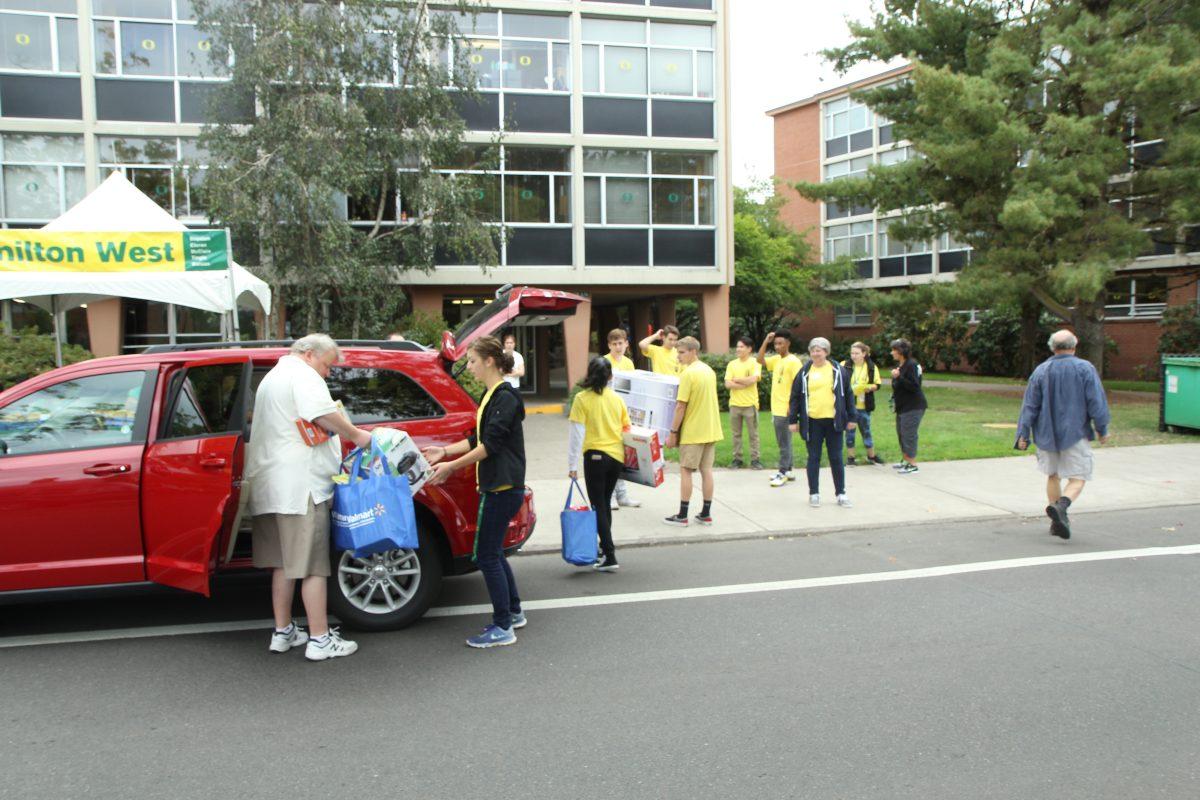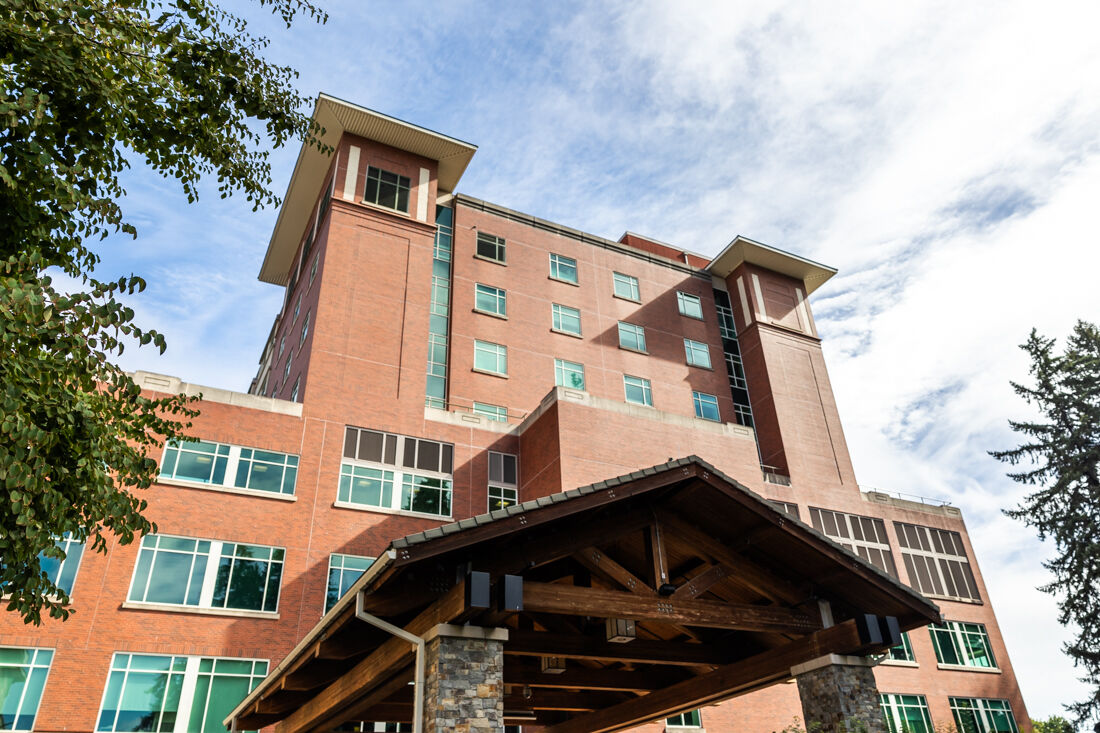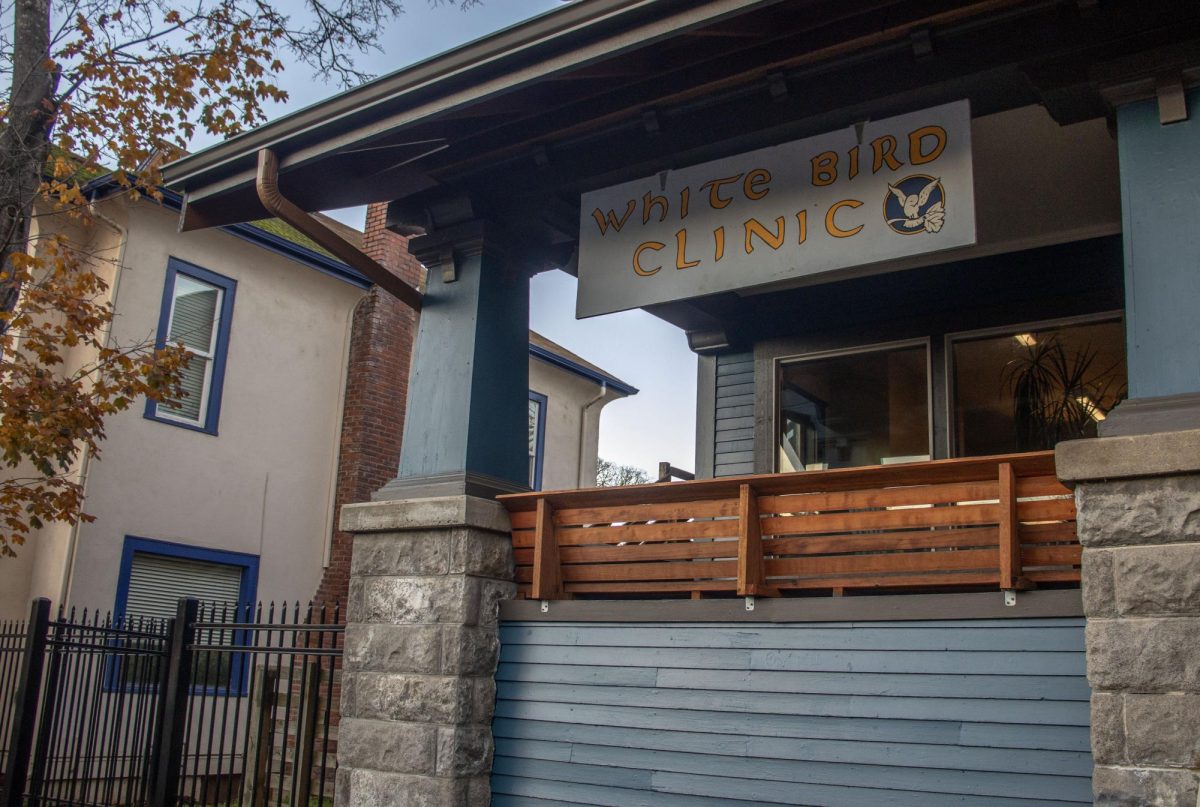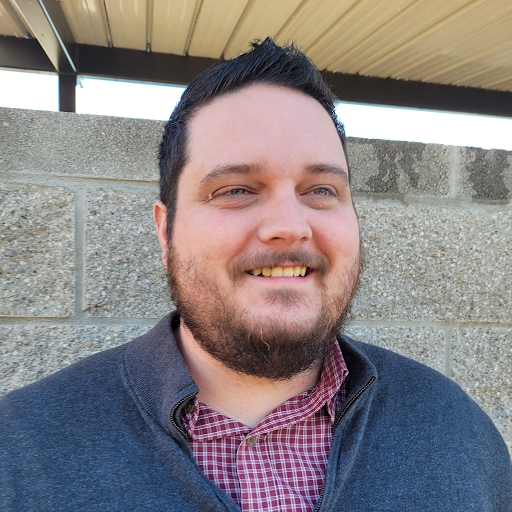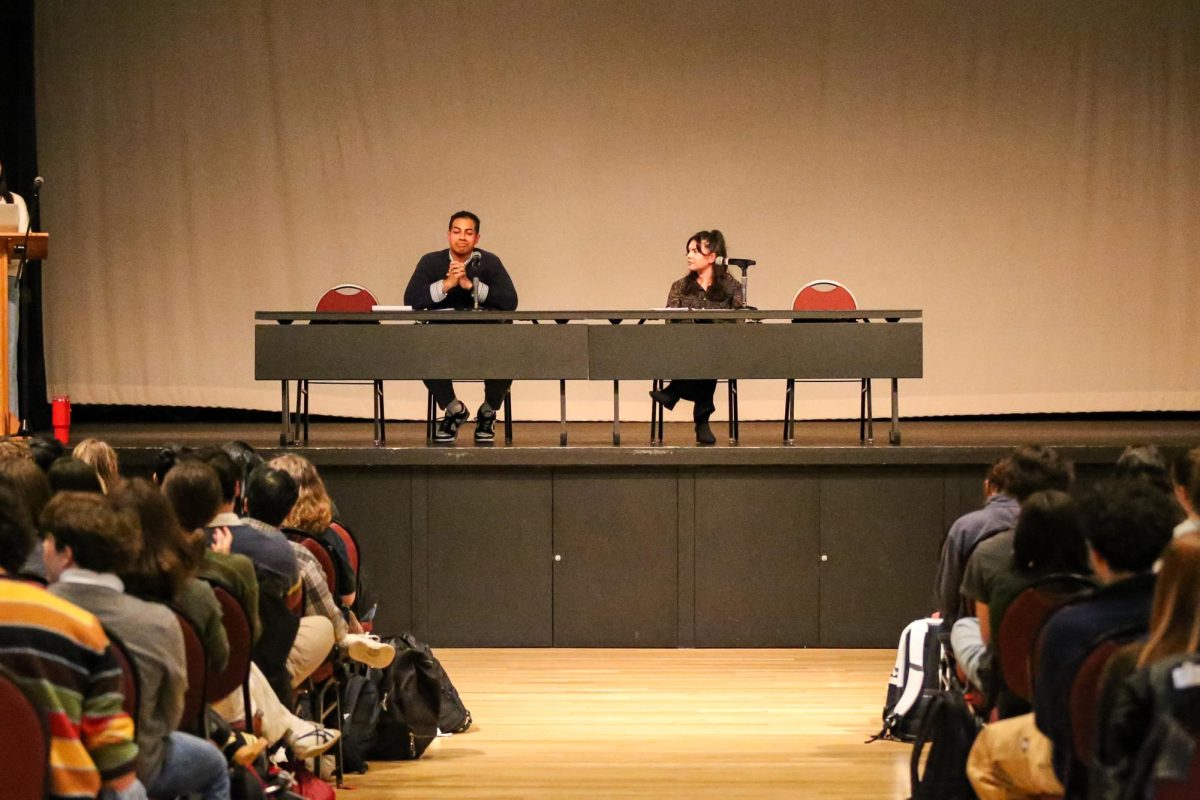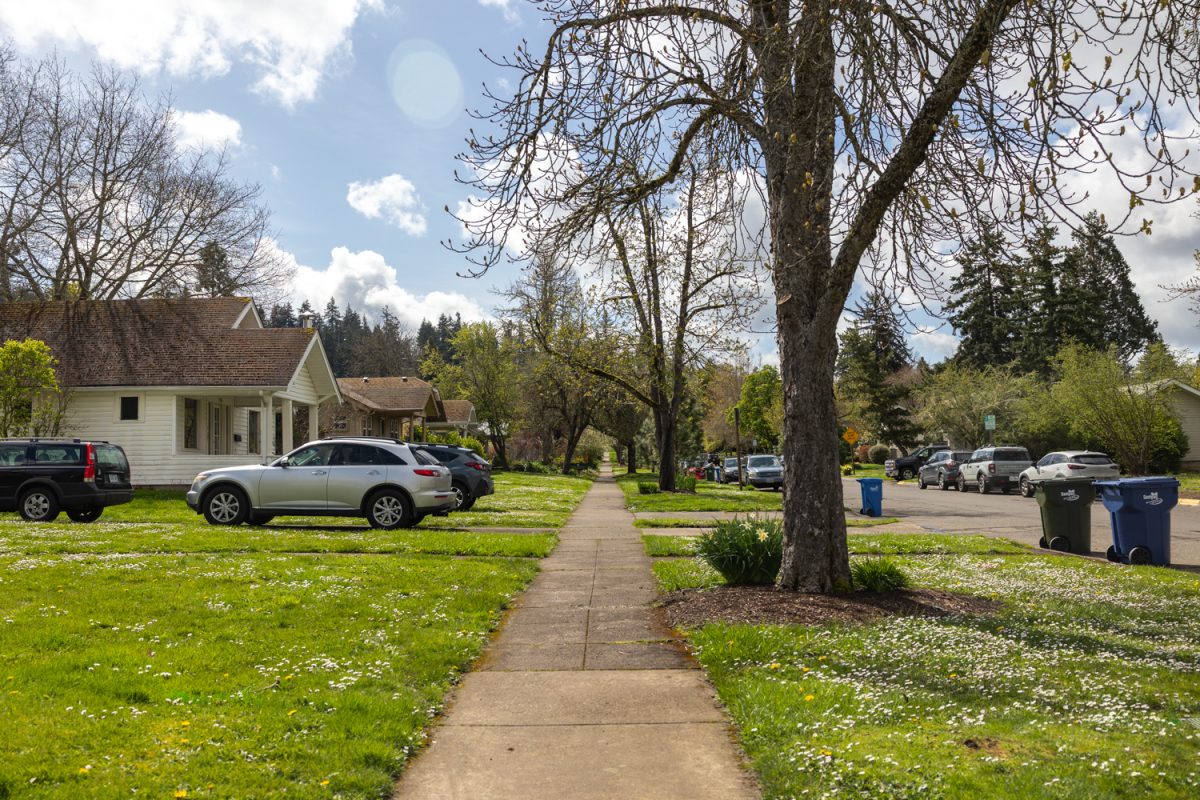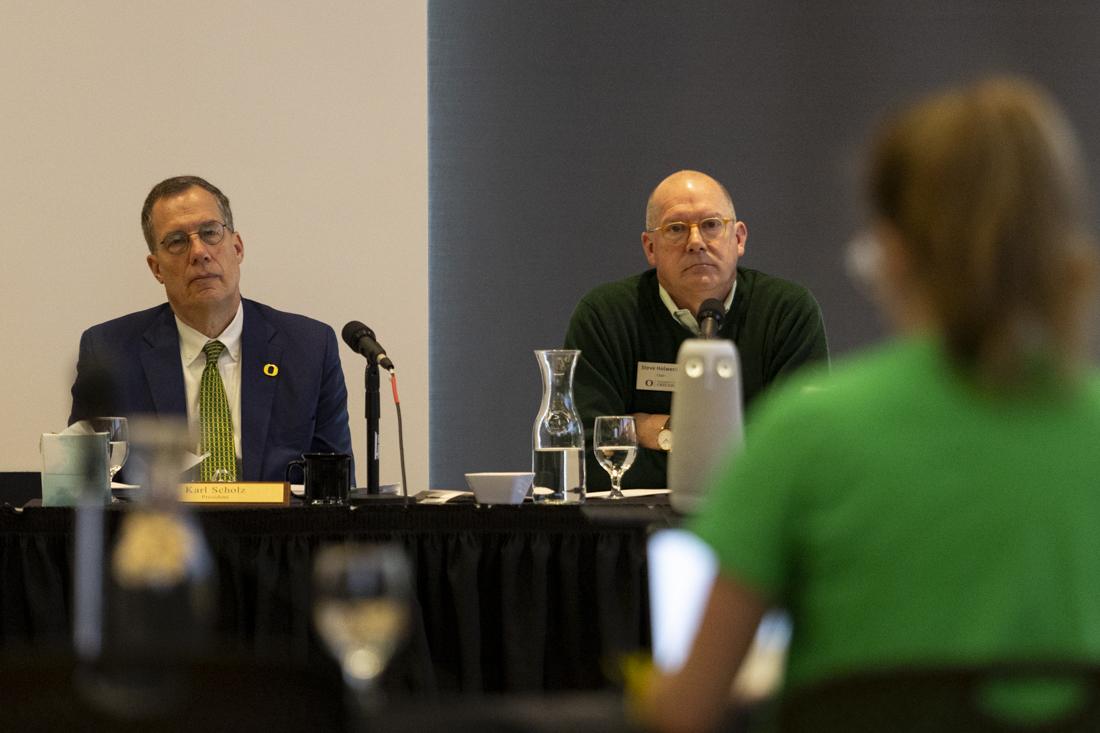University of Oregon continues to work on water fixtures with elevated lead levels in four residence halls as 2,510 students moved in Sept. 22.
The results of the high lead levels in fixtures in Walton, Barnhart, Hamilton and Bean halls became available on Sept. 14, according to an email to residents the same day. Earl, Global Scholars, Carson hall and Living Learning Center are not affected. More than 20 percent of the tested fixtures are confirmed not safe for human consumption.
The source of the problem is still to be determined, according to UO spokesperson Kelly McIver. After the initial reports, the university is retesting all the fixtures to identify the issue. McIver said for Barnhart Hall, the problem was with the aerators, which could be cleaned or replaced. UO is still working on retesting the other residence halls.
“We are moving as fast as we can,” McIver said. She could not provide an estimated time frame when all the affected fixtures will be repaired.
As the university is sending the water samples to a lab in Seattle, the tainted faucets have been “closed off,” UO housing director Michael Griffel said outside of Bean hall on move-in day. Residents and their parents have been informed of the situation, Griffel said. Bottled water and dispensers have been provided for the incoming freshmen.
According to the university, UO is testing all fixtures dedicated to drinking-quality water, such as “drinking fountains, break-room sinks, bottle-filling stations, instant-hot fixtures or food-prep sinks,” in the residence halls. UO Housing encourages students to not consume water except for washing purposes. With water from bathroom faucets, UO is sampling about 10 percent of each fixture type on each floor of a building. Utility or lab sinks are not tested.
Water from all residence hall dining facilities is safe to drink.
The water from the affected faucets has more than 15 parts of lead per billion, which is unsafe for human consumption, according to the federal Environmental Protection Agency. High lead levels in water can contribute to negative health effects, especially for pregnant women, infants and young children under 6.
Brett Sloan, the father of an incoming freshman, said although he is concerned with many things on move-in day, the water was not one of them.
“It is what it is,” Sloan said as he was holding two groceries bags in front of Hamilton West. “It’ll get fixed eventually. As long as there’s an alternative, we feel comfortable with it.”
Business major Brandt Aicher’s family echoed Sloan’s sentiment.
“Yes, we are concerned about it, but it’s not a big deal,” Bob Aicher said. “Hopefully it will get fixed soon.”
UO is not the lone case of high lead levels.
Officials confirmed multiple cases of elevated lead levels in water at Sheldon High School, Kennedy Middle School and the district’s Education Center in Eugene in June. Back in August, Portland fell to the bottom of the national list of elevated levels of lead in drinking water, the Oregonian reported.
In response to the growing problem, the University of Oregon’s Environmental Health and Safety Office launched a comprehensive drinking water monitoring plan in late May 2016. According to McIver, the program has been collecting building water samples sporadically this year, with the focus on living spaces and child care centers. Results from Vivian Olum Child Development Center and Moss Street Children’s Center came back earlier and showed the water was safe to consume.
The program will eventually test water in every building on campus, McIver said. According to the timeline, the tests are to be carried out every year or every five years. For buildings that currently suffer from elevated levels of lead, the university will continue to test those again within a year, according to McIver.
UO continues to work on fixing lead-tainted faucets in residence halls on move-in day
Tran Nguyen
September 22, 2016
Volunteers are helping a family to move their belongings in Hamilton West Sept. 22. Hamilton Hall was one of the four residence halls with water affected by elevated levels of lead in. (Tran Nguyen/Emerald)
0
More to Discover




